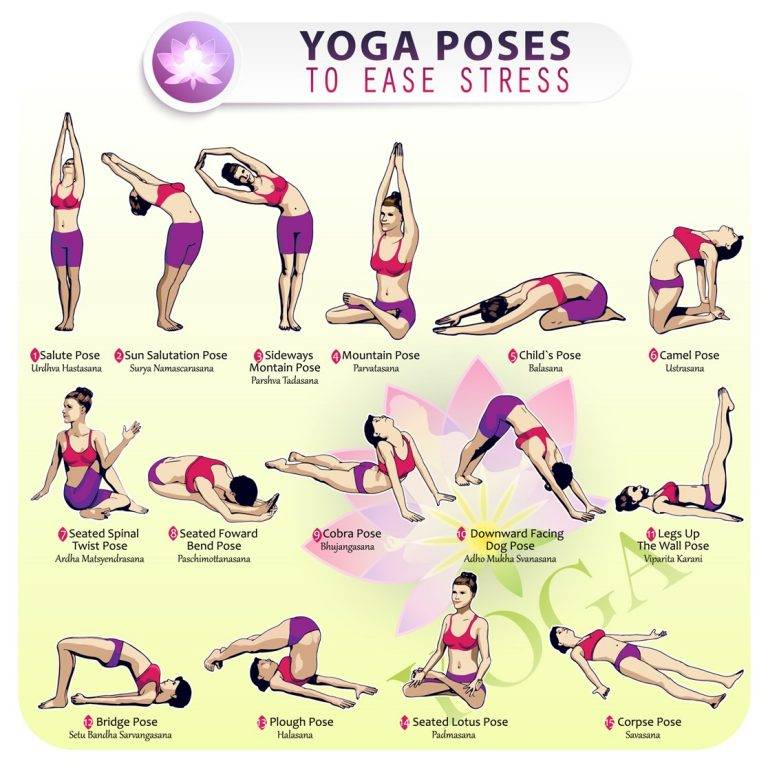Yoga and Well-being(2/2)

Yoga has proven beneficial effects on various health domains, including musculoskeletal conditions and cardiopulmonary conditions, through the practice of asana and pranayamas, as well as on mental health, as it is known to enhance body–and mind coordination. There is a paucity of data on the effect of yoga on functional capacity in the literature using a six-minute walk test. The present study aims to look at the effect of yoga on a 6-min walk distance, rating of perceived exertion (RPE), recovery time following the walk and state of well-being. This is a hospital-based longitudinal study where 30 physiotherapy students of 18 – 22 years of either sex were enrolled. Subjects having musculoskeletal problems, cardio respiratory disease and those who were not willing to volunteer were excluded. They received Yoga intervention through Yogic practices, which included a combination of asanas, pranayamas and omkar chanting for 1 h for 30 sessions. A baseline 6-min walk test was conducted on subjects, and the 6-min walked distance rating of perceived exertion (RPE) on modified Borg's scale was recorded. The baseline state of well-being was noted using the Warwick- Edinburgh mental well-being scale, and a similar recording was done post-intervention after 30 sessions. Of the 30 subjects, there were no dropouts, as these were committed college students. Of them, 24 were females, and 6 were males, with a mean age of 21.5 years SD 2.38. Statistically significant improvements were observed in 6-min walk distance (P value = 0.000), RPE (P value < 0.000), recovery time (P value < 0.000) and sense of well-being score (P value < 0.000). Yoga practices are beneficial in improving the functional capacity of young, healthy adults. Yoga can very well be incorporated into medical practice to increase the patient's available capacity for those who have limitations in performing aerobic training due to various health reasons. The improved state of well-being motivates the patients to adhere to yogic practices.
Getting the Most from Yoga
If you’re considering trying yoga to improve your mental health and wellbeing, keep in mind that it should be seen as a complement to your existing therapies, such as medication and psychotherapy.
You will find that yoga is available in many styles and is adaptable for all skill levels. When starting, explore several styles to find the one which suits you best.
Types of Yoga
Hatha
Incorporates gentler and slower-paced movements, best suited for beginners. It aims to introduce beginners to the main relaxation techniques and asanas (postures or positions) used in yoga.
Vinyasa
Links breathing and movement together, pacing starts slow and gradually gets faster. Vinyasa aims to increase strength and helps to build lean muscle mass throughout the body.
Bikram
It occurs in a hot room where you practice moves to help blood flow. Comprises evenly-paced, low-impact activities to stretch muscles and improve circulation.
Restorative
Move slowly through five or six poses for an hour to help you relax. This style is about slowing down and opening your body through passive stretching. Restorative classes are very mellow and a good way to de-stress.
Lyengar
It uses props, such as blocks, chairs and straps, to help you find proper body alignment. Moves focus on precision, timing and using props to build strength and stability.
Ashtanga
It focuses on quick, sequenced poses and is more physically demanding. This is a highly energetic, very vigorous form designed to make you sweat.
You can try yoga at community centres and yoga studios via apps or online guides and videos. There are options available whether you prefer to practice in a group or alone. Why not try it this month in honour of International Day of Yoga.






0 Comment